A small selection of my daily instant photos from June 2016.
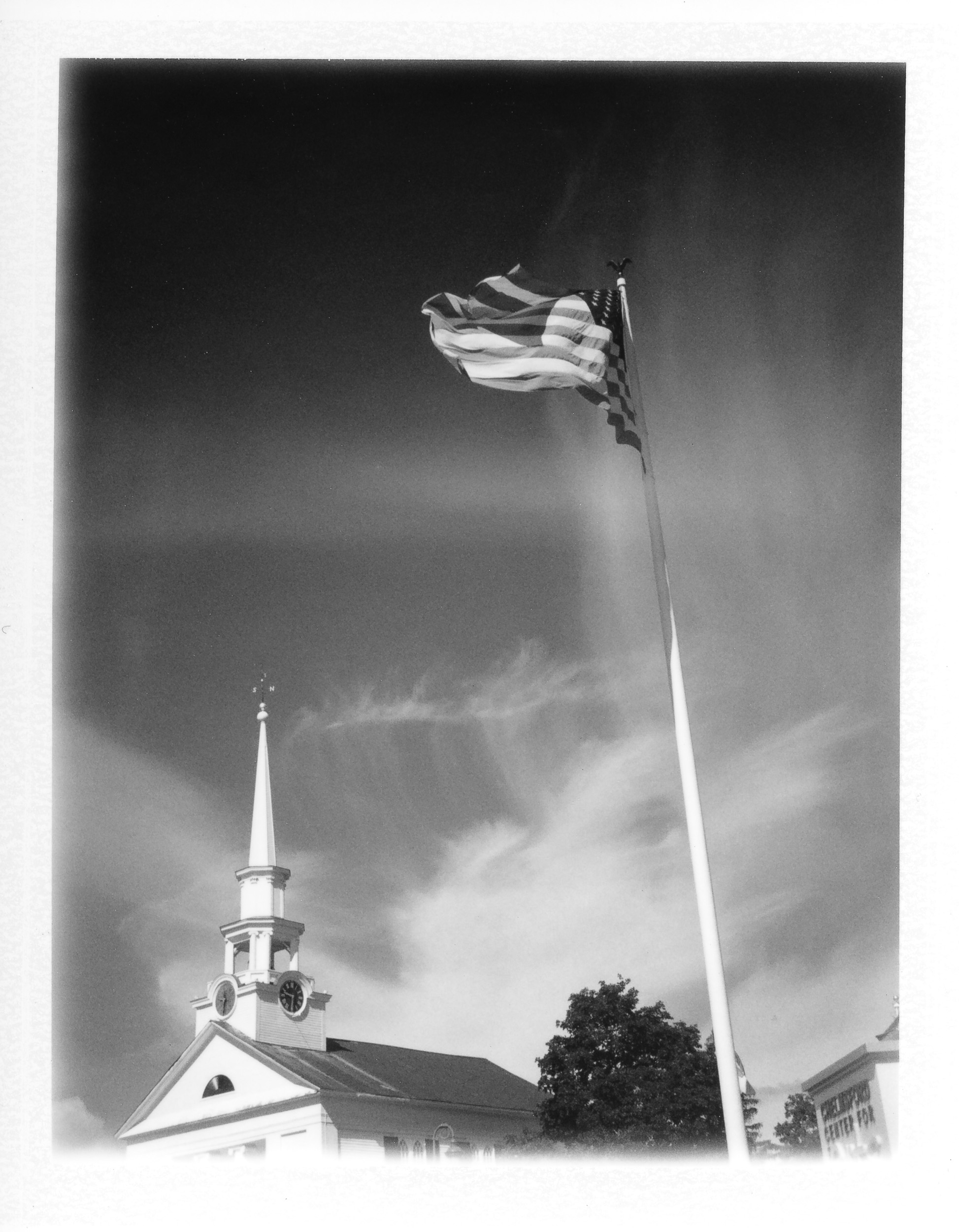
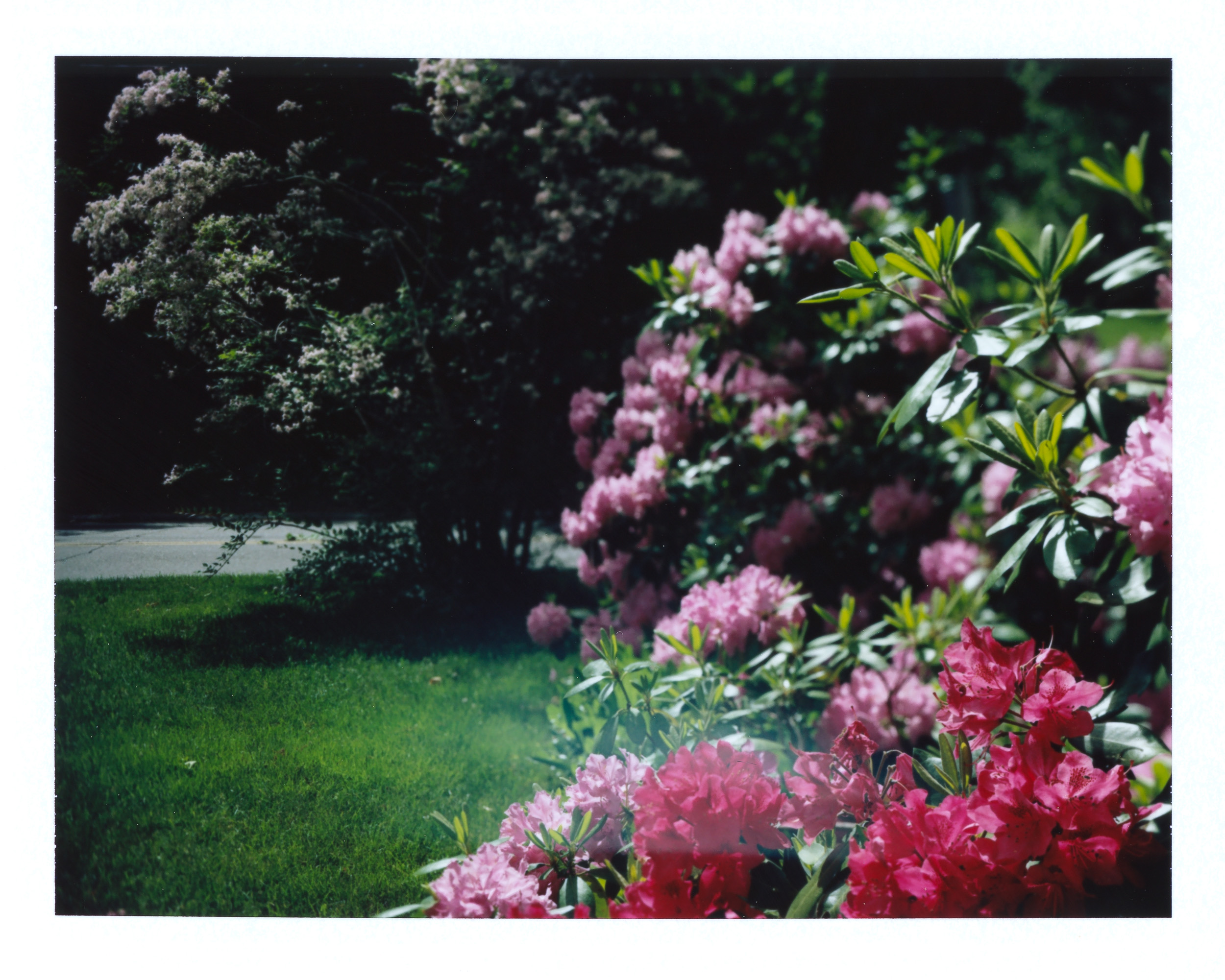
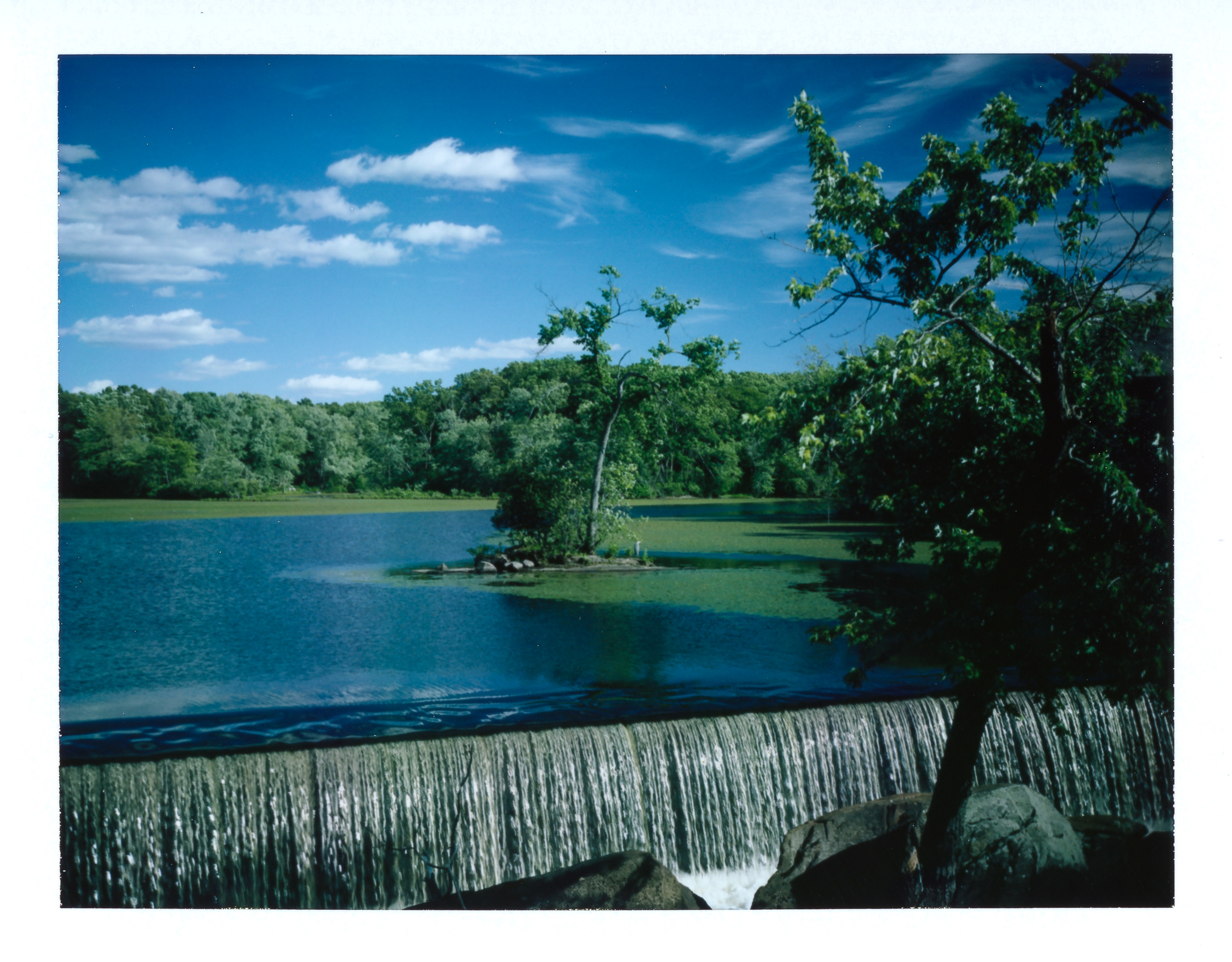
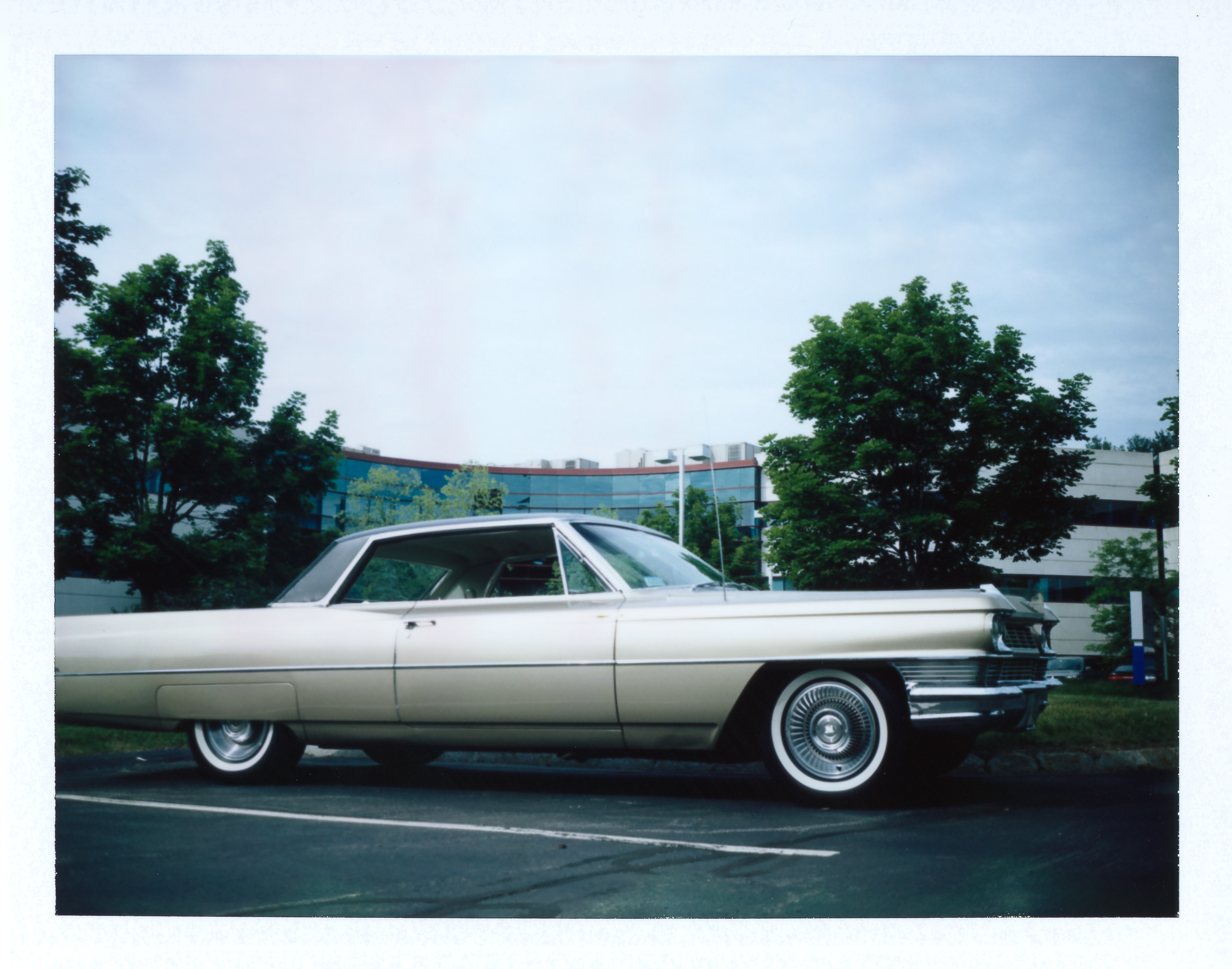
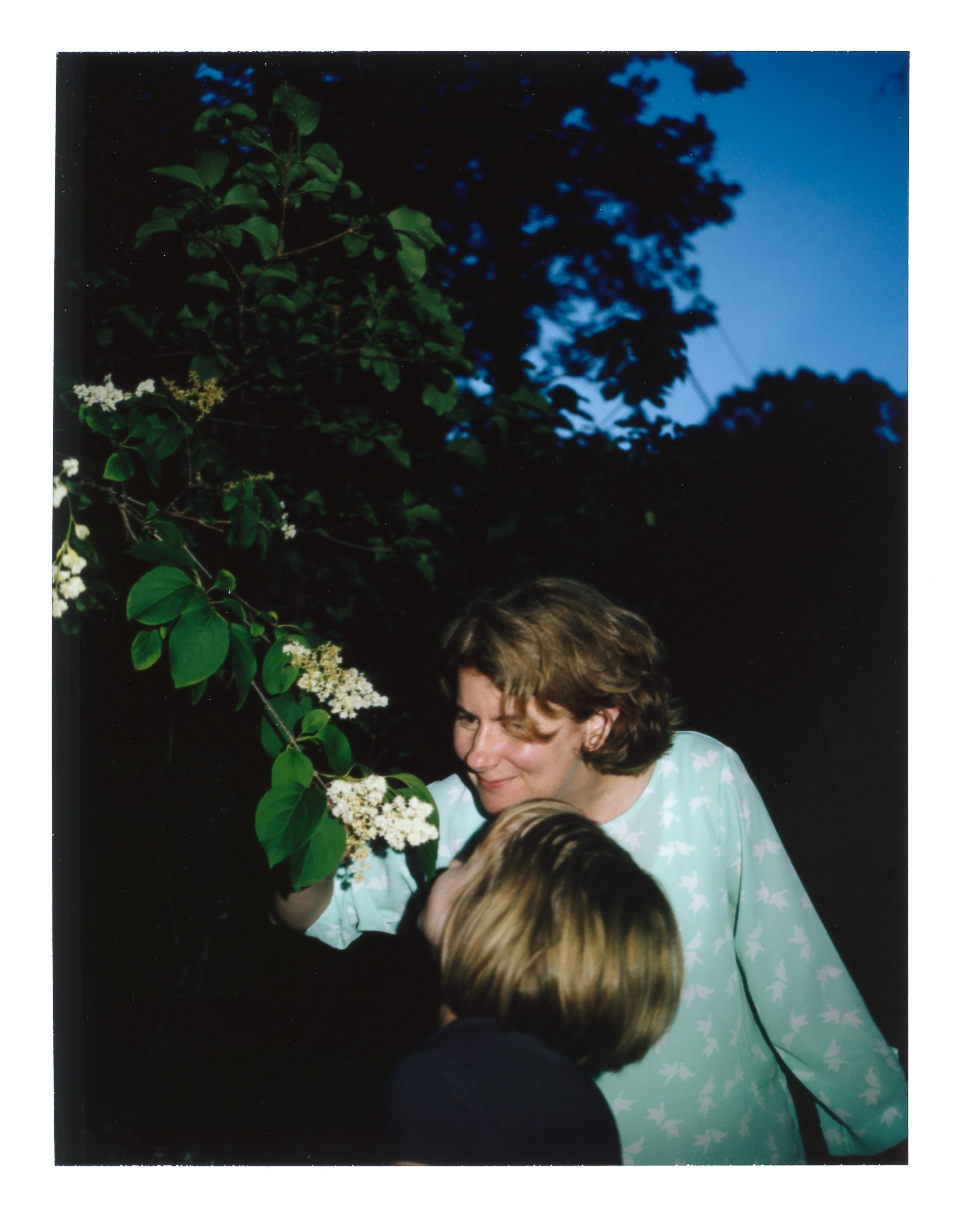
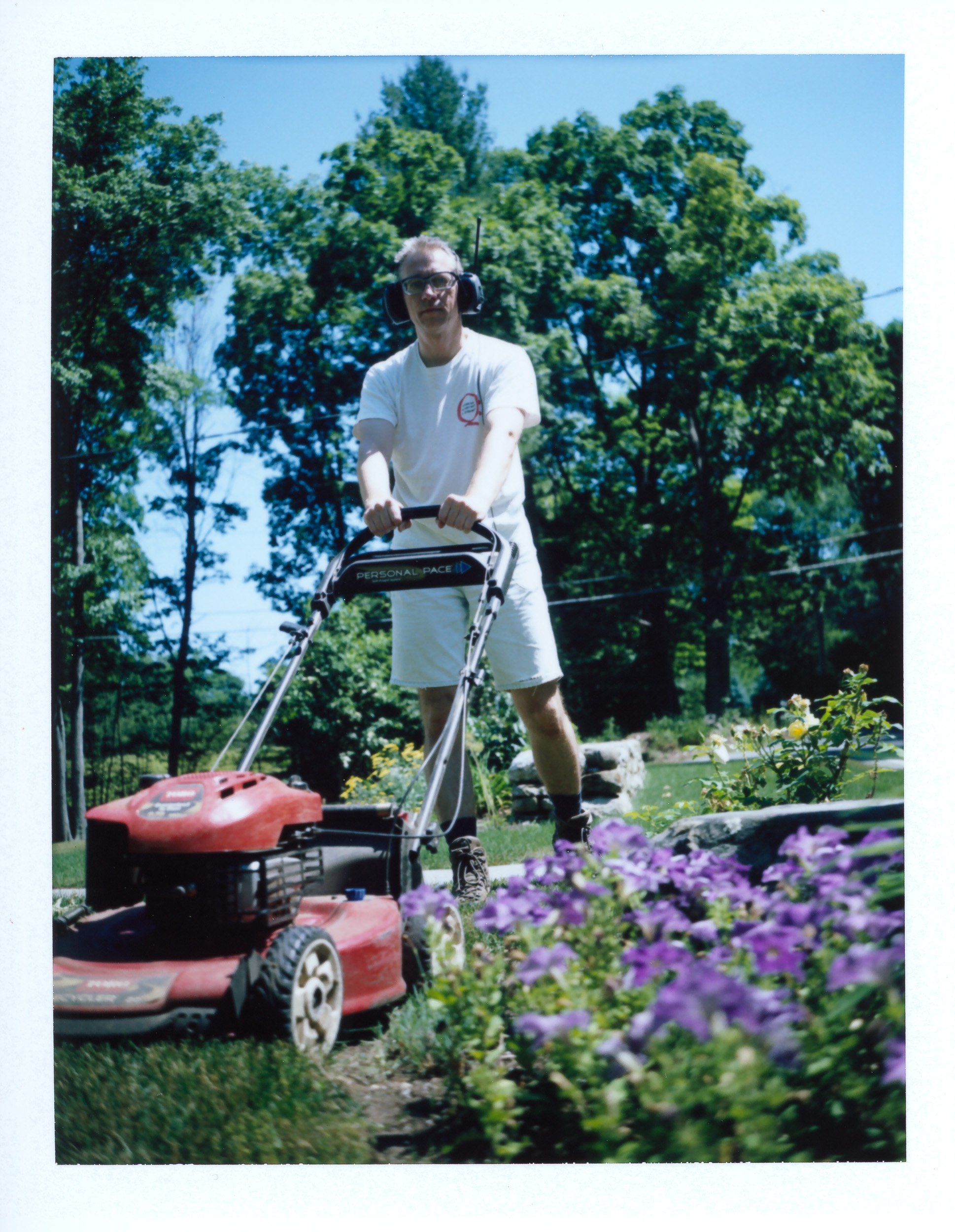
Here is a small selection of my favorite instant film photos taken in February 2016. We finally got some snow this winter!
The highway photo was taken in Franconia Notch, NH with expired Polaroid Sepia film. It wasn't working too well anymore: one of the two chemical pouches must have gone bad, so only the upper half (with the sky) actually has a sepia tone. I kind of like the effect, though.
The last photo was taken on February 29th: leap day!
It's 2016 and I plan to take one instant film photo for every day of the year. I have done similar projects in the past in 2007 and 2011, but always with digital cameras. Now I am going to use vintage gear from the 1960's and 1970's. Chances are good these are going to fail with frequent use, so I will start out with a collection of three cameras, hoping that at least one will work at any point in time...
The film will be mostly Fuji FP-100c, the last peel-apart instant film (also known as "packfilm") still in production at the beginning of 2016. Sadly, in February, Fuji announced that they won't be making it any more and are now only selling off their existing stock. My fridge is loaded up, though. And I don't foresee any problem buying more during this year. It appears I picked an appropriate year for the project: the year packfilm is officially going away.
The other film I will use a lot is Fuji FP-3000b, which is a high-speed black & white film (ISO 3000). Fuji stopped production a while ago, but one can still buy recently expired boxes in various online stores.
My snapshot cameras are a Polaroid 440 and 450. The 400 series of packfilm cameras was the most recent one made by Polaroid. They are from the early 1970's and can use flashcubes. The 450 is the high-end model with a Zeiss Ikon combined viewfinder & rangefinder.
Both cameras are manually focused via their rangefinder but have an "electric eye" for automatically controlling the exposure time. This is done via very simple analog circuitry and works surprisingly well. I keep the 440 loaded with black&white and the 450 loaded with color film.
The Graflex "Super Graphic" large format camera came on the market in 1958, though I believe my model was produced in the early 1960s. It can accept a packfilm holder instead of the usual 4x5 sheet film, and so that is my third camera for this project.
It's a professional camera with interchangeable lenses and full manual control of everything. The only modern-day luxury is an electric shutter release, so one can push a button on the camera to take the picture instead of having to squeeze a cable release.
I'm using flashbulbs with this camera which do produce an amazing amount of light. The drawback is that one bulb is only good for a single shot, and there is no easy way to adjust the light output: exposure control is done by varying the distance to the subject or by varying the lens aperture.
And below is my favorite photo for the month of January, taken with the lowly 440 bought on eBay for $20. I have used the Polaroid "cloud filter" (an orange filter) to improve the sky/cloud contrast: